
views
Designing Gameplay

Determine your goals. What are you trying to do with this game? What story are you trying to tell? What do you want your players to feel at the end? What kind of experience do you want it to be? What do you want to get out of the project? These are some important questions you'll need to ask yourself before you begin the process, because the answers will provide the light at the end of the tunnel for this process. You need to know where you're going if you want to get there efficiently.

Determine your audience. Different audiences are more likely to play in different ways. They are also more likely to prefer different types of games and have different standards for content. Remember, it's fine to want to make a game for a very specific audience, but it will limit the profits that you make. Be realistic.
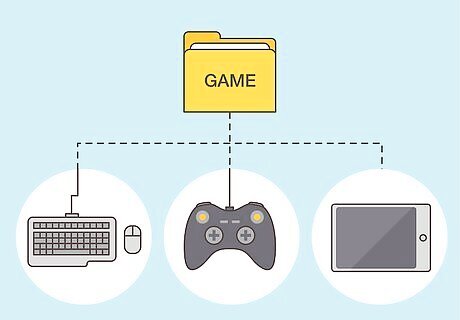
Design for different devices. Before you get very far into the process, you need to consider what kind of devices you want your game to be on. Mobile platforms are quickly becoming a major player but PC and consoles are still (and will likely remain) strong. The programming involved, and especially the interface and controls, will change drastically with your platform, so it's important to understand what you're going to be putting the game on
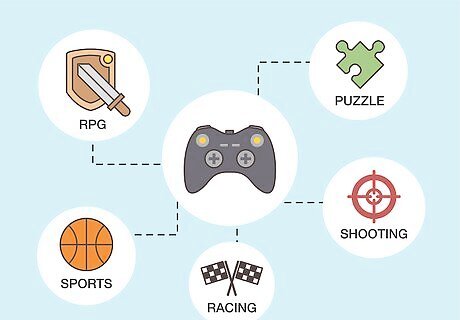
Consider your genre. While genres are not completely important, the genre of your game will determine some parts of how it's designed. Is it an FPS? A platformer? An RPG? A social game? There are very few aspects of design that are not influenced by the genre. Of course, you can say "forget genres" and just make whatever you want, but this is more difficult to market and you will be forced to be more creative and original: not the easiest way to break into the design world. One of the things that you'll have to think about when designing based on genre is how you want the UI to look. Different types of games will have the UI more or less visible, depending usually upon the complexity of controls. Another consideration is that while some genres lack it almost entirely, other game genres have become synonymous with dialogue. Will your dialogue need to be recorded? Will you do it text based? How interactive will it be? Planning ahead for dialogue is important, as you'll have to not only design the system itself but also the dialogue trees. You'll need to decided on a combat system for many types of games, or find the equivalent if your game does not have combat. Think of this as the "game" part of the game. It is arguably one of the most important parts of design and having a model to work from is very helpful.
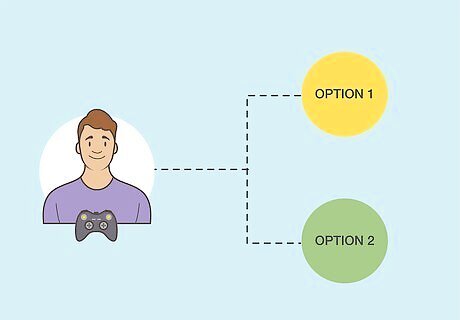
Determine player agency options. As a general rule, you want your players to feel like they have a choice in what they're doing. However, certain types of games have come to be associated with much more choice than others. Adding choices can be very complex but it can also be relatively simple, depending on how you decide to do it. Some games give the appearance of having choice, for example, but actually have very little choice involved. This can be done well or it can be done poorly. An example of choice done well would be the Bioshock series or Witcher 2. An example of choices done poorly would be something like Old Republic.
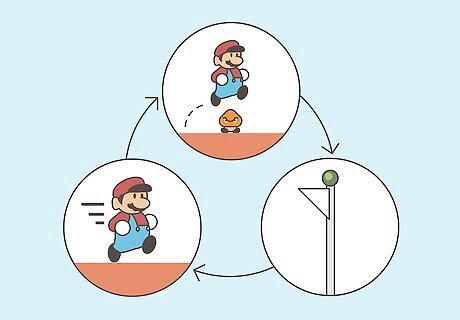
Outline your challenges. The serious design work begins next: you need to create your gameplay loop. This is an outline of how your game works. It usually ends with your player's goal and details the challenges they'll have and the goals they'll need to meet. An example would be the first Mario game, where the loop would look like: run, avoid obstacles, hit flagpole.
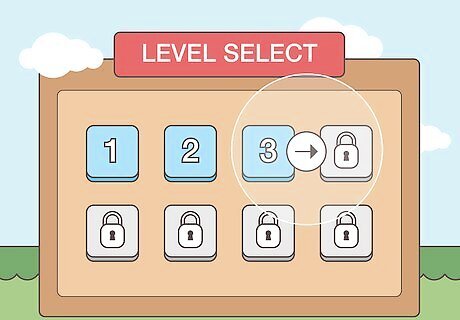
Create the incentives for your player. No matter what kind of game you're making, you need to give your player a good reason to want to achieve the goals and progress through the whole game. It needs to be proportionately rewarding for the level of the challenge it poses. One great way to do that is by locking levels until you have completed them, that way you feel like you are getting an incentive.

Balance difficulty with playability. You also need to make sure that the game isn't too hard, or at least not so hard that it makes playing the game impossible or nearly impossible. Your game should pose some challenge, but not so much that it's going to induce a lot of rage to quit. This usually requires some testing, but that's okay: that's what betas are for.
Covering the Components
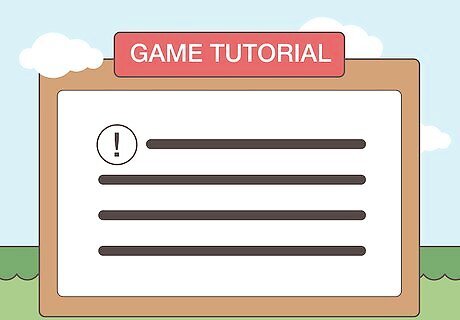
Design the tutorial. There are many different ways to do the tutorial and many different philosophies about the best way to go about it. You can hide the tutorial within a story about the player character getting training (aka Fable), or you can simply display instructions (aka Mass Effect). You can even try to hide the tutorial altogether blending it seamlessly into the game or display all of the tutorial all at once. No matter what you do, make sure that it feels natural within your game.

Design the world. The world is the environments in which your player will play the game. How expansive will your world be? How challenging? How will you indicate that an area should be explored? That it shouldn't? These are things you'll need to consider.

Design the mechanics. These are the internal rules of the game. You'll want to decide on a rule system and make sure that it's balanced and consistent. The best way to do this is to look at what other games do right or wrong in this area.
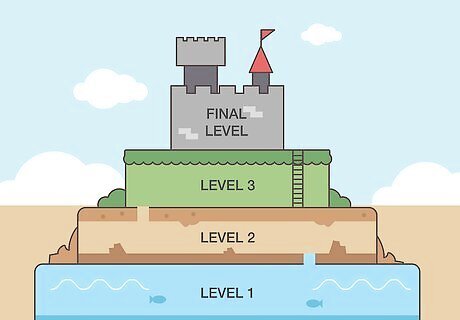
Design your levels. The levels are the individual chunks of the game, the "episodes" that the player has to get through to make it to the end of the game. The levels should be engaging and just the right amount of challenging. They should also be physically laid out in a way that makes sense.
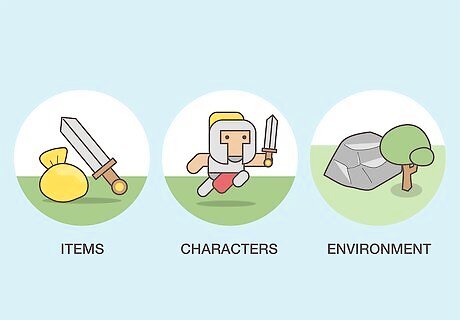
Design the content. You'll need to design all the content, like the items that can be interacted with, the characters themselves, the environmental items, etc. This can be extremely time consuming so plan ahead! Try to find clever ways to recycle things without making them seem repetitive.

Design the interface. The interface includes things like the menus and UI. You want these to be easy to navigate and natural to use. Take cues from your favorite games but remember that generally the simpler the better. If an 8-year-old can figure it out, you're set.
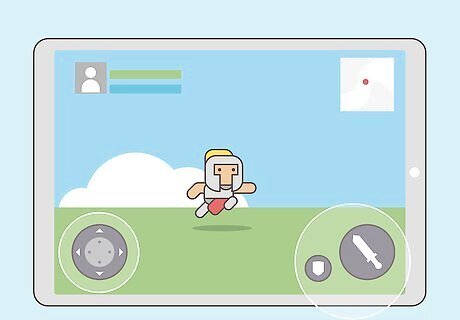
Design the controls. Having controls which feel natural are key to players really enjoying and getting the most out of your game. Remember to keep things simple and streamlined. When in doubt, conform to standardized control systems.
Designing Visuals

Make your visuals match your game. The way your game looks should match the type of game that you're making. Peppy, colorful graphics, for example, can ruin a game meant to have a serious tone. You also want to avoid pixel like 8-bit style if making a game that is meant to come across as modern.
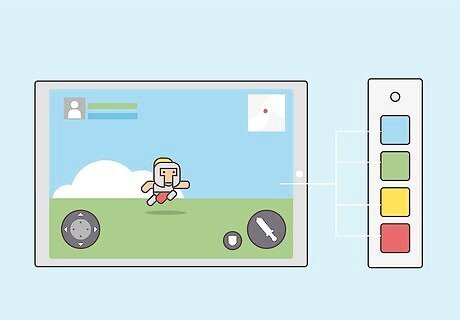
Choose a cohesive, appealing color palette. Charming visuals are an important part of making a game. Bad ones can kill a players enjoyment of the game. Read up on some color theory and, as with most things, remember that when in doubt: take the simple route.
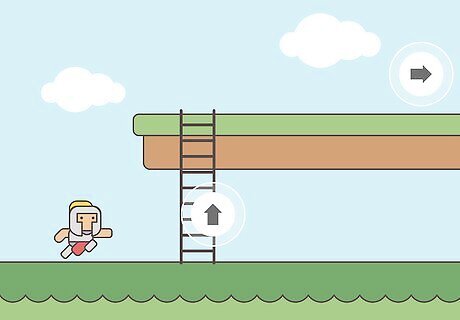
Use visual significance. You can play on cliches to help make your game easier to navigate and play. Use commonly accepted icons and visual cues to keep your player immersed in the world. You can also use visuals to lead your players through a map, by making areas where you don't want them to go look , for example, dark and scary, but areas where you do want them to go clearly lit and interesting.
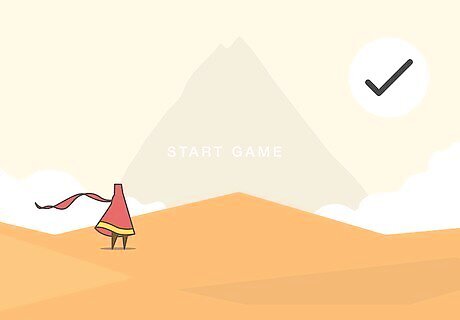
Don't feel limited to fancy graphics. Don't feel like you have to make the next Mass Effect to be a successful game maker. Visually simple games can be just as good if the game itself is good. An excellent example of this is Journey or Bastion, which had uncomplicated graphics but were both highly regarded.
Designing the Audio
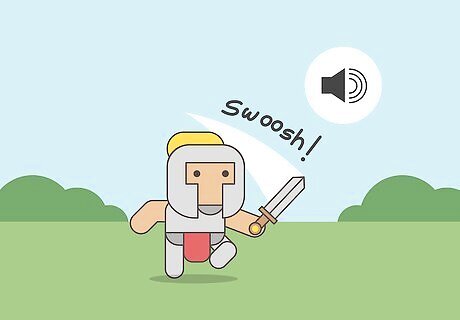
Create your direct sound effects. Direct sound effects are things like voices, weapons noises, and item interaction sound effects. You'll want to make sure you have these in and that they make sense within your game. Try to get as many unique ones as possible, since too many of the same makes your game sound repetitive (giving you a bad case of "Then I Took an Arrow to The Knee" syndrome).
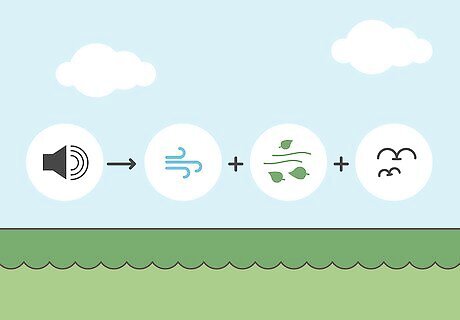
Create your ambient sound effects. Ambient sound effects are background noises, usually environmental. These are important as they help set the scene and make your players feel immersed in the game, so don't neglect them.

Try to use original work. When you're doing the sound work, it's a good idea to try to record as much original sound as possible. You can use a sample library, but people that know what they're doing will notice and it will come across as unprofessional.

Don't neglect your soundtrack. Music is also important to the game and you shouldn't forget about it. Sometimes, a soundtrack is all that's necessary to make a game really stand out, even if it's otherwise an unknown. Hire someone that knows what they're doing and use your soundtrack to help create an immersive player experience.
Designing Your Story
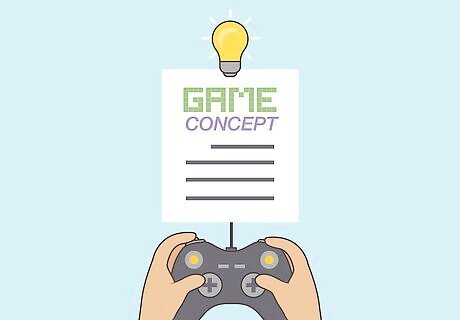
Start with a solid concept. A bad concept is one of the things that can really kill a game, so it's important to have this really nailed down before you get too far. Think your concept all the way through and be sure that it's complex enough to make for a rich world, characters, and gameplay.

Tailor your pacing. Pacing is the speed and intensity with which the plot or game itself comes at the player. Like with a good movie or book, you want the pacing of your game to be spot on. You don't want it to start really intense, for example, and then have the rest of the game feel comparatively boring. Generally the best pacing is to have an overall build to an intense climax, with the build make up of peaks and valleys of excitement and rest.
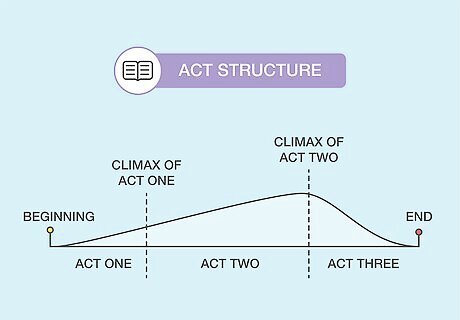
Learn about classic story telling techniques. Many of the best games make use of classic storytelling techniques. You should study these and see if they can help you in creating your game. Act structures are commonly used in plays, movies, and books to help get the pacing correct. Look up act structures if you're feeling unsure about your pacing. Monomyth or the Hero's Journey is one of the most common story-telling philosophies, arguing that most stories conform to an overall pattern. You can exploit this pattern to help it play on inherent human psychology. Journey is one of the best examples of the use of monomyth in games, but it can be found in most of them.

Avoid tropes. Tropes are storytelling cliches. Some are better than others and some can even be useful, but generally you should avoid as many cliches as possible. Spend a little time on the TVTropes website and see if you're designing a walking cliché.
Designing Your Characters
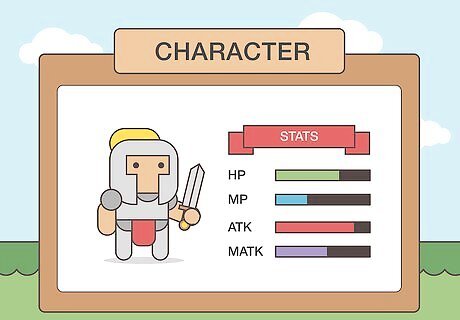
Fully develop your characters. You want your characters to be full and rich, since this makes your players more engaged and invested in the game. This means giving characters complex personalities and faults. If you need help imagining and writing complex personalities, try some character development exercises, by plotting your character on the Myers-Briggs personality chart or the character alignment chart.
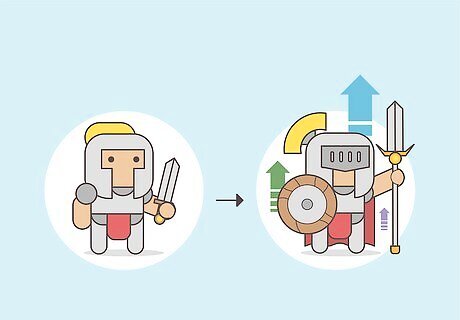
Leave room for character development. Your characters should change as people over the course of the game. This makes them more interesting. This means that they should generally start off with some major flaws or a generally worse personality than how they end up.
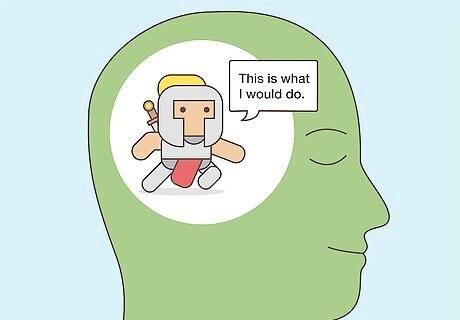
Get in your character's head. It's really easy when writing characters to make them do what we would do instead of what they would do. But this kind of lazy writing is often visible to players because it comes across as so unnatural. Focus on what your characters would do and you'll make your game much better.
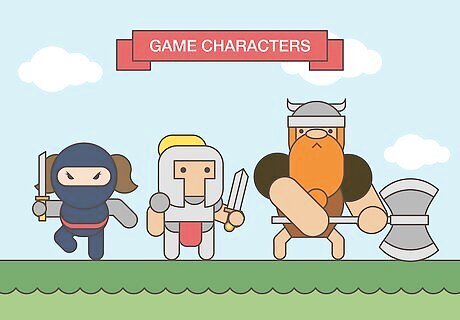
Consider some diversity. Games tend to lack diversity, with characters being vastly more similar than in real life. This can make games feel similar and boring. By including diversity in your game, you can not only make it more interesting, but also increase the hype for your game by setting it apart from others.
Going Pro

Learn the skills you'll need. You'll need some skills in order to make a game (skills we can't teach you here because they are too complex). You might need to go to school in order to learn these skills but it is technically possible to learn them on your own as well. You'll need a good understanding of math, since many games boil down to a series of equations. You'll also need to learn a programming language (usually C, C++, or C#). There are schools for game design, but your best bet is to go to the best school you can get into for programming. This will give you a more diverse skill set so that you can take a general job as a programmer if you don't immediately get hired with a company.
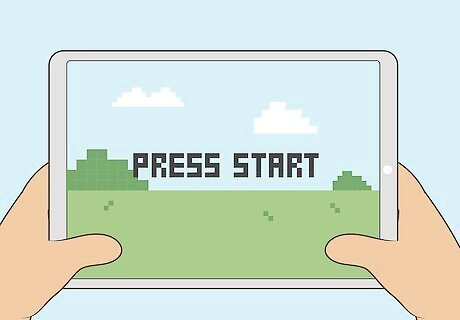
Start by making a small game. If you want to break into the industry and start working with major publishers, it's a good idea to start by just making a small but engaging game that shows your skills but doesn't require 5 years to make. This can get someone interested enough to give you a job or give you money. You also just don't want to bite off more than you can chew.
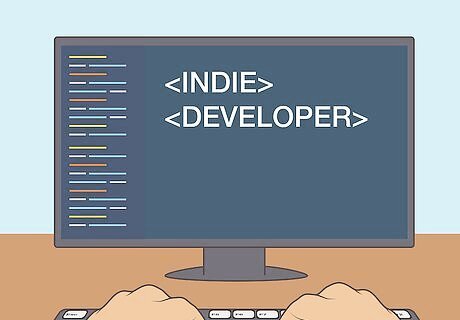
Stay indie. You don't need to get your game published by a major publisher. You don't have to be recognized by anyone but your players if you don't want to. The indie game market is alive and kicking and right now is the best time to be making this kind of game. Keep this in mind before strongly pursuing official backing.
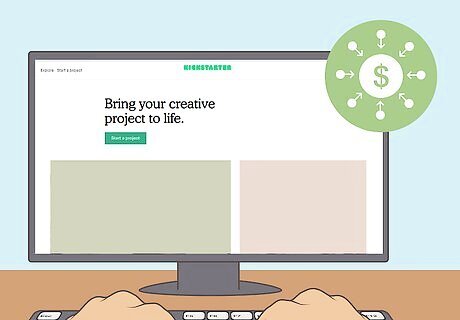
Make use of Kickstarter and other crowd-funding sites. If you want to make a great game, of any type at all, you're going to have to get some money. It takes a LOT of money to make a game. Currently, the best way to get that money is to run Kickstarter, which is one of many crowd-funding platforms. Check out some Kickstarters that have been successful in the past to see what they did right, but the main pieces of advice are to have great incentives and communicate constantly.

Get your game on Steam. Steam is Valve's digital game store and one of the most popular distribution channels for PC games. They are also one of the most friendly distribution channels for indie games. If you're making this type of game, your best bet for success is to get it on Steam. Currently, Steam Greenlight is the channel you will probably have to go through.

Build a fanbase. Build a website and an army of social media accounts for your game. Update constantly and let people feel involved in the process. Communicate as much as possible with people who become interested in what you're doing. Having people excited about your game is key to indie success, since interest is often the main factor in things like getting on Steam.
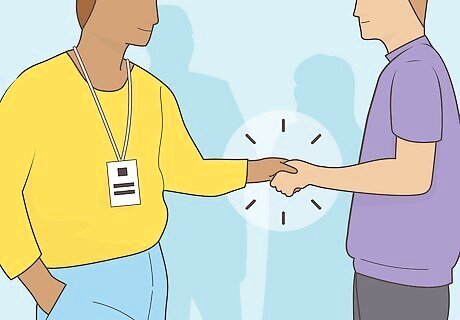
Make friends in the community. The indie community is very tight knit and many of them can help you on your road to success. If you want to succeed, it's a good idea to make friends with them, help support them in their ventures, and promote their games. They'll help you do the same if they think you've got something worthwhile.




















Comments
0 comment